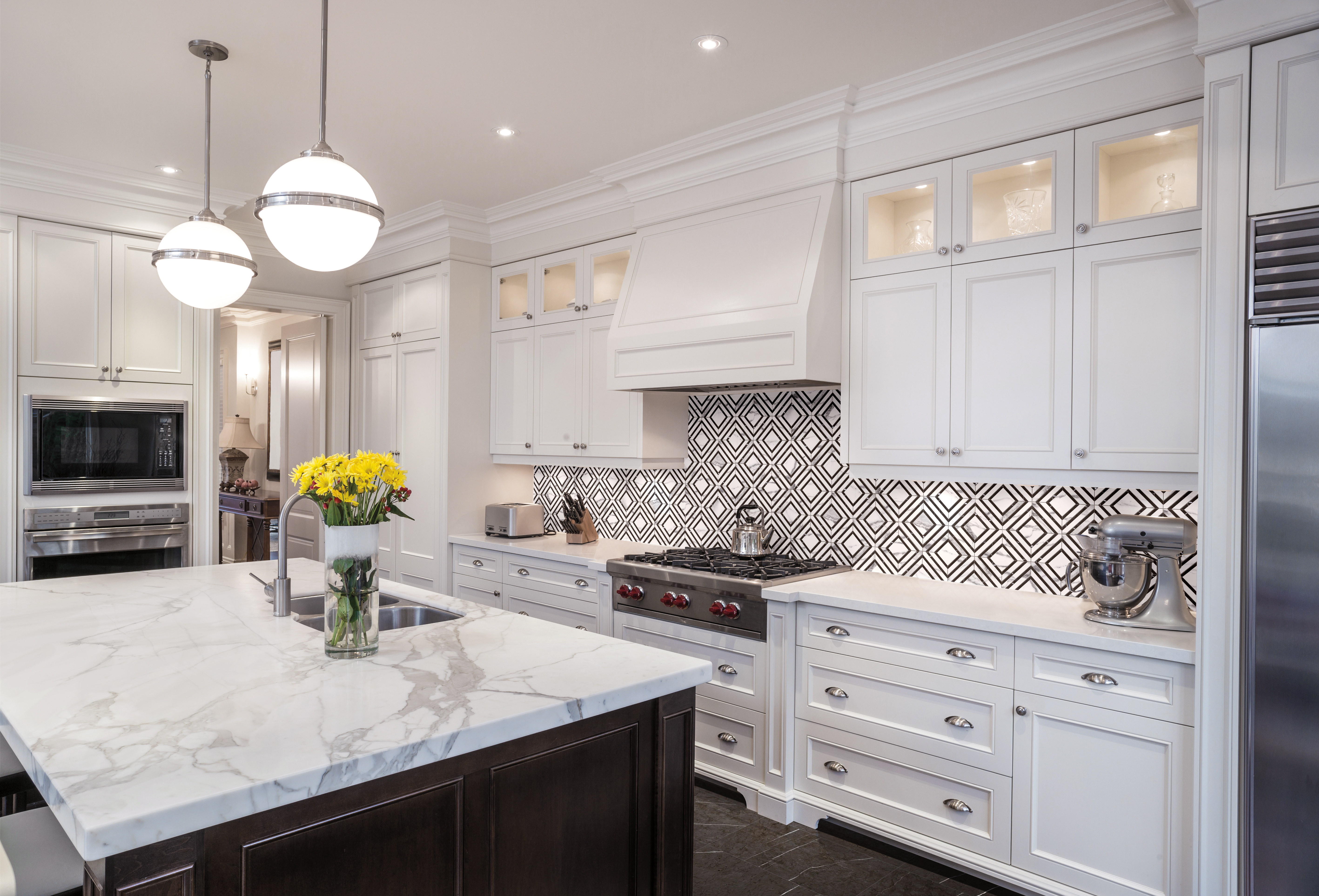Ceramic tile continues to get bigger and the quality better. Consumers seem to love it; bigger tile, less grout, easier maintenance. I remember when large tile was considered 12×12, 25 to 30 years ago. We had much of the same conversations then as we do now about how we will get that tile to lay flat on the floor.
No one can argue that less grout certainly has the potential to make floor care easier. But, anyone who has ever installed large format tiles can tell you it certainly isn’t easier or less time consuming to install. The bigger the tile gets, the more difficult installation becomes. With 18×18 becoming the normal floor tile and 24×24 gaining ground, 3’x3’ or 4’x4’ can’t be far away. We are also starting to see much thinner tile in large sizes for the purposes of exterior cladding.
Setting material manufacturers have been developing many new products to aid big tile installation. Many of these new products are highly engineered and task specific. In the past most manufacturers worked on a good, better, best system. These traditional thin-set products provided different levels of performance and are still adequate for many of today’s larger tile product applications; but often with current construction techniques, consumer expectations, and installation requirements, sometimes tile installations benefit from task-specific products.
Very large tile requires what is known as super flat floors. While it is possible to specify the necessary tolerances during the building process, they come at a substantial additional cost. The skilled labor able to produce such surfaces can also be challenging to find.
Of course much of our work is over an existing slab work installed sometime ago. When attempting to correct out-of-plane conditions with thin-set while installing tile is very labor intensive and often results in an unsatisfactory installation. Floor filled underlayment products, self levelers, or even mortar bed may be required to achieve satisfactory flatness needed for large tile installations.
The next big challenge is selecting the appropriate bonding material. Selecting the appropriate thin-set does not have to be a daunting task but you must consider both the site conditions and end use. If you are fortunate enough to have a flat surface you may want to consider a contact mortar. With very large tile or if the area needs to be quickly returned to in service conditions, a rapid set version may be available. Using traditional thin-set were additional build-up is required is a recipe for disaster. Regular thin-set is designed for a side profile thickness of 3/32” x 3/8”. When used in thicker applications it loses its ability to bond and shrinks excessively causing factures in soft tile and stone and possibly bond loss on dense tile such as porcelain.
A big tile article would not be complete without a discussion of grout joints and rectified tile. Rectified tile is squaring the tile on all sides by cutting or grinding so that measurable variance from tile to tile is minimized. Don’t forget that big tile and small grout joints still need movement joints. Even the perfect job is not going to stay that way if the installation cannot move as needed when required.
Taken from www.ntlfloortrends.com article by Dave Gobis.


